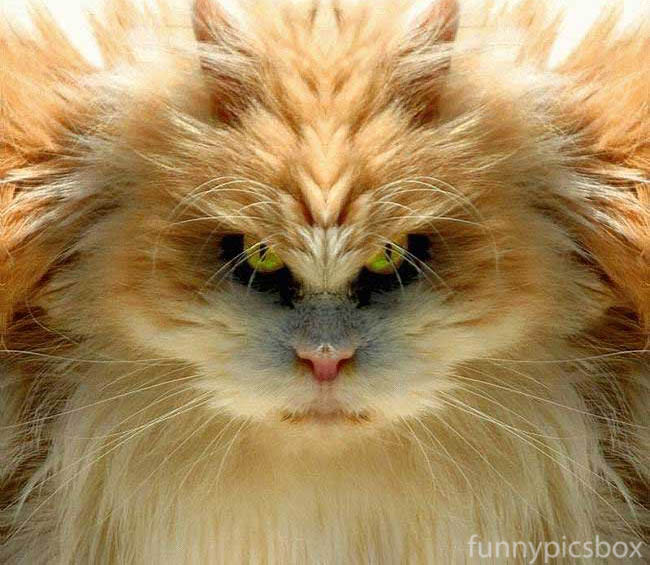Managing Cat Litter Box Issues: A Guide for Family Pet Owners
Managing Cat Litter Box Issues: A Guide for Family Pet Owners
Blog Article

Cat litter and litter boxes play an essential role in the lives of both felines and their owners. From the modest starts of sand and soil to the ingenious developments of today, the world of cat litter has actually progressed substantially. In this comprehensive guide, we explore every aspect of cat litter and litter boxes, exploring their history, types, benefits, difficulties, and everything in between.
The history of cat litter dates back centuries, with ancient civilizations using sand, soil, and even ashes as primitive litter products. However, it wasn't up until the mid-20th century that contemporary cat litter as we understand it emerged. In 1947, Edward copyright presented the world's very first industrial cat litter made from absorbent clay, reinventing the method cats relieved themselves inside your home. Ever since, cat litter has undergone various changes, with the introduction of clumping litter, silica gel litter, biodegradable options, and more.
Today, cat owners are ruined for option when it pertains to choosing the best litter for their feline companions. Traditional clay litter remains popular for its affordability and efficiency in soaking up smells. Clumping litter, which forms solid clumps when wet, simplifies cleaning and upkeep. Silica gel litter, made up of extremely absorbent silica crystals, provides superior odor control and durability. Naturally degradable choices, such as recycled paper, wood pellets, corn, and wheat, appeal to ecologically mindful consumers.
Each type of cat litter uses distinct advantages. Clay litter masters its capability to take in moisture and control odors, making it a reliable option for numerous cat owners. Clumping litter simplifies everyday scooping and extends the time between total litter modifications. Silica gel litter provides exceptional smell control and can last longer between replacements. Biodegradable litters use a sustainable alternative that minimizes ecological effect.
While cat litter enhances indoor feline Clay Cat Litter health, it is not without its difficulties. Dust from clay litter can pose breathing dangers for both cats and human beings, triggering the popularity of dust-free alternatives. Some felines may establish litter box self cleaning cat litter box aversion due to issues with texture, fragrance, or cleanliness, demanding experimentation with different litters and box setups. Multi-cat homes may need strategic litter box positioning and frequent maintenance to avoid territorial conflicts and make sure all cats have access to tidy facilities.
Picking the suitable litter box is essential for promoting favorable litter box habits and general feline well-being. Elements to think about include size, availability, and design preferences. Covered litter boxes supply privacy and aid contain smells, but some cats may discover them restricting or intimidating. Open-top litter boxes provide easy access and presence but might result in more litter scatter. Automatic self-cleaning litter boxes simplify maintenance however need regular tracking and upkeep.
Appropriate litter box upkeep is crucial for guaranteeing a tidy and inviting environment for both cats and their owners. Daily scooping gets rid of waste quickly, decreasing odor and dissuading litter box hostility. Regular litter replacement, normally every 1-2 weeks, prevents bacterial buildup and keeps optimal absorbency. Thorough cleansing with moderate detergent and water, avoiding severe chemicals that might deter cats from using the box, ought to be carried out monthly.
Cat litter and litter boxes play a main function in fostering a healthy and harmonious relationship in between felines and their human buddies. With a diverse range of cat litter box self cleaning litter choices and litter box styles readily available, cat owners have the flexibility to customize their options to match their cats' preferences and home requirements. By comprehending the advancement, types, advantages, and challenges of cat litter and litter boxes, pet owners can offer their feline pals with a comfy and sanitary indoor environment.